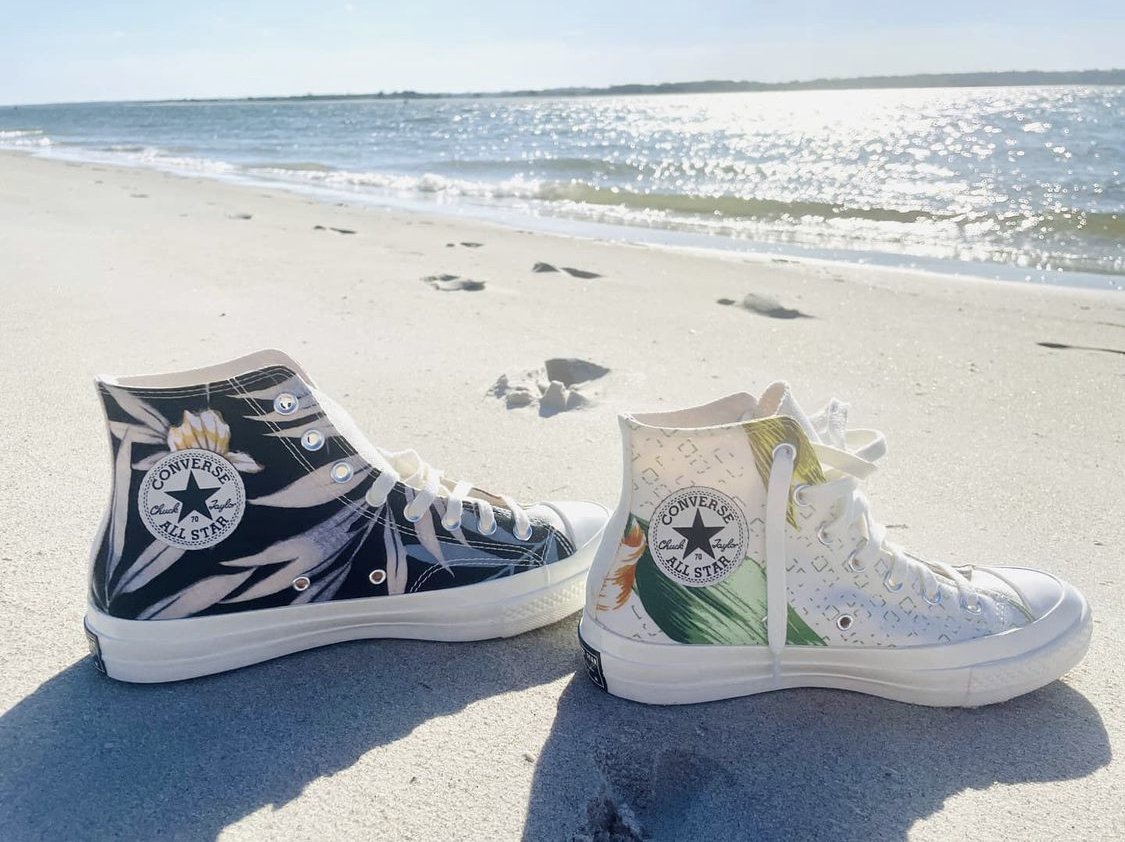Developing a Circular Economy requires intentional efforts.
The COVID-19 pandemic made a big impact on economies around the world, with many businesses forced to close due to multiple lockdown measures to contain the virus. As a result, there will be many challenges as countries build their economies back and attempt to aid the damage done to the environment. Adapting to a circular economy can help nations progress into new and sustainable economies.
The United Nations set an agenda to meet its Sustainable Development Goals for the year 2030, in order to achieve this goal, it is important to lead a concentrated action to fight climate change. At the centre of this recovery is the circular economy, it is crucial to tackle the climate crisis and the economic issues simultaneously. A circular economy is not just environmentally friendly, it’s a multi-million-dollar business opportunity. Similarly, when waste is upcycled back into the supply chain as new products, it extends the life cycle of the resources. This ensures waste is kept in the production system and out of the environment.
In order to create a clear and concise path towards a circular economy, all the ecosystems such as green infrastructure, sustainable transportation, sustainable manufacturing, and sustainable food production and consumption have to work together. In addition, the private sector has to partner with governments to reduce, recycle and reuse. Likewise, the public sector has to invest in local economies and local supply chains to build a solid recycling infrastructure. Also, they have to promote and encourage public policymakers, private stakeholders and development practitioners to take into consideration sustainability within their guidelines. Lastly, both the public and private sector have to educate consumers, retailers and manufactures on the role they have in driving a circular economy.

Innovation is one of the biggest players in creating a circular economy. The idea is to build a system in which products manufactured will never become waste. Incentivising companies to innovate a way to reuse materials for their product can be a big driver to leading change. A great example of a company creating innovative ways to tackle sustainability is Converse. Specifically, Converse partnered with Bank & Vogue and Beyond Retro to reimagine their classic sneaker, the Converse Chuck 70’s. This is a quintessential vintage piece, approximately 7,000 Tropical shirts were diverted from landfill and transformed into a vibrant array of one-one-a-kind Converse Chuck 70s.
The Container Crisis Update

The world continues to face a shipping container shortage, since there aren’t enough containers in the right places to handle the cargo demand. The New York Times reported how the container shortage is contributing to inflation, due to the fact that demand has surpassed supply. This means that securing containers will be more expensive and therefore the price of the goods will rise in the end market. However, leasing companies have continued to place orders for containers from some Chinese manufacturers. The manufacturers build the containers for other companies to lease them to shipping lines. “There’s no indication from the shipping companies that they expect to see any easing of the tightness of supply that they’re dealing with,” said Tim Page, interim CEO of CAI International, one of the leasing companies.
Three Chinese companies – CIMC, DFIC and CXIC – produce around 80% of the world’s containers. Production is up immensely, with estimates for 6%-8% growth in container capacity this year. The rise in production has aided in the container shortage. However, due to the low production volumes in 2019 and the beginning of 2020, containers are still not being built fast enough to ease the crisis. Manufacturers are trying to catch up to market demands. In addition, the price of containers is a huge indication of the ongoing scarcity. The price for a new container in 2021 is about $3,500 per cost equivalent unit, in comparison to $1,800 per cost equivalent unit in early 2020.
The container disruption began during the first COVID-19 lockdowns at the beginning of 2020, followed by the port congestions, and lastly the blockage of the Suez Canal. Relief from container scarcity will come not only with increased production, but also with a decrease in congestion at ports, guaranteeing that containers will return to their required destinations.

“There’s an expectation that very strong conditions last deep into the year, likely maybe even certainly through the summer, likely into the fall and maybe through the year,” Brian Sondey, CEO of Bermuda-based container leasing firm Triton International Ltd. As the crisis continues, it is important to keep a close eye on the situation, as it is constantly changing.






